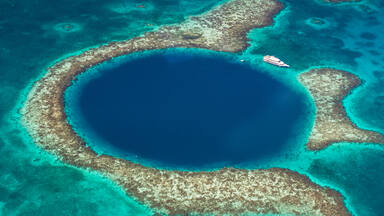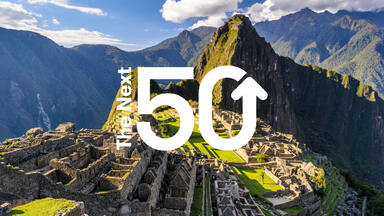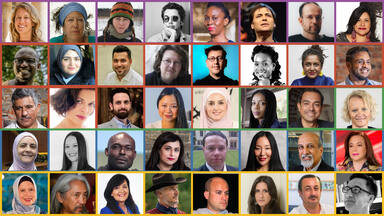Kat Borlongan
Technology entrepreneur and Board Member, European Innovation Council
Chance Coughenour
Digital archaeologist and Head of Preservation at Google Arts & Culture
Vision for the Next 50
In the Next 50… Heritage in the digital dimension is built on the basis of digital accessibility and a balanced representation of heritage.
In the Next 50… Heritage sites are digitally recreated with the help of innovative technologies as well as in close communication with local and international experts.
Summary
Kat Borlongan and Chance Coughenour discussed digital innovation and inclusivity. As thinkers, they explored the interconnection between technologies and heritage, agreeing that an inclusive digital environment is fundamental to promote and share heritage values. Kat applied her experience in developing diverse tech ecosystems to envision heritage in the digital dimension, which requires two pillars: digital accessibility and a balanced representation of heritage. Coughenour explained how technologies, from photography to 3D, Artificial Intelligence (AI) and machine learning, have gradually changed the field of digital archaeology. He emphasized the importance of communication with local and international experts in order to address ethical concerns when digitally recreating heritage.
Dialogue
Watch the dialogue
Explore other sessions
Five dialogue sessions covering five themes take place in 2022, each joined by thinkers in paired dialogue from diverse regions. The interdisciplinary dialogues inspire new visions for the next 50 years of World Heritage.



